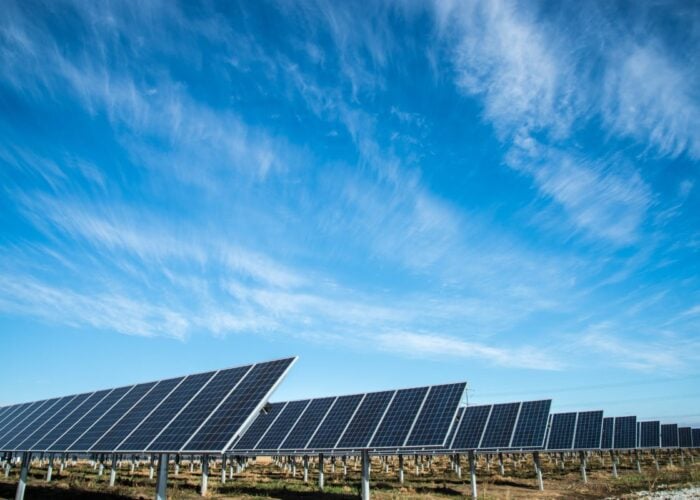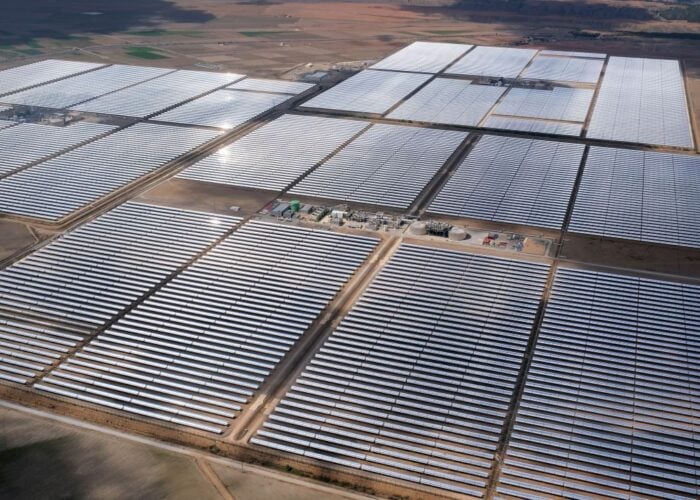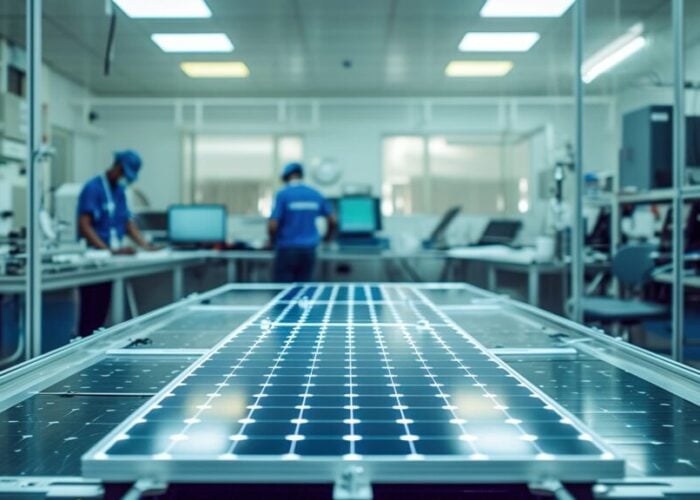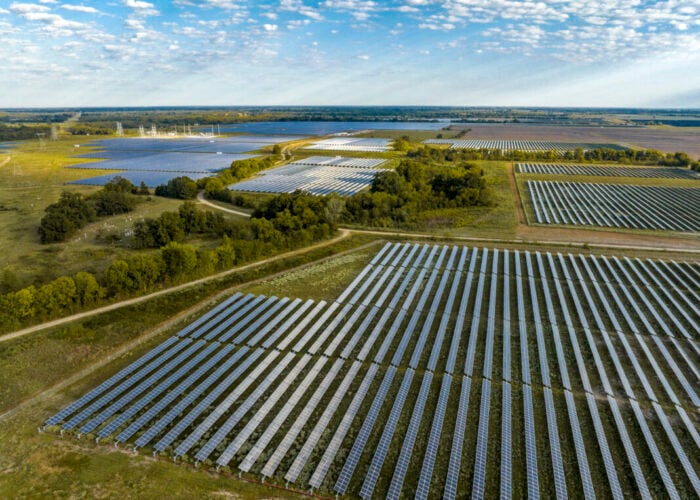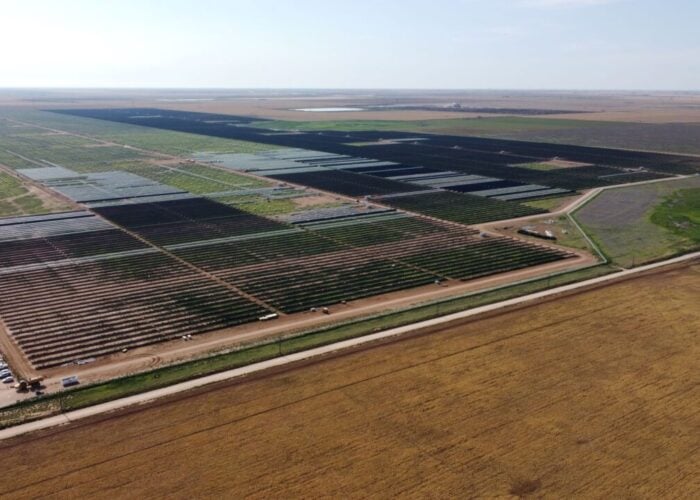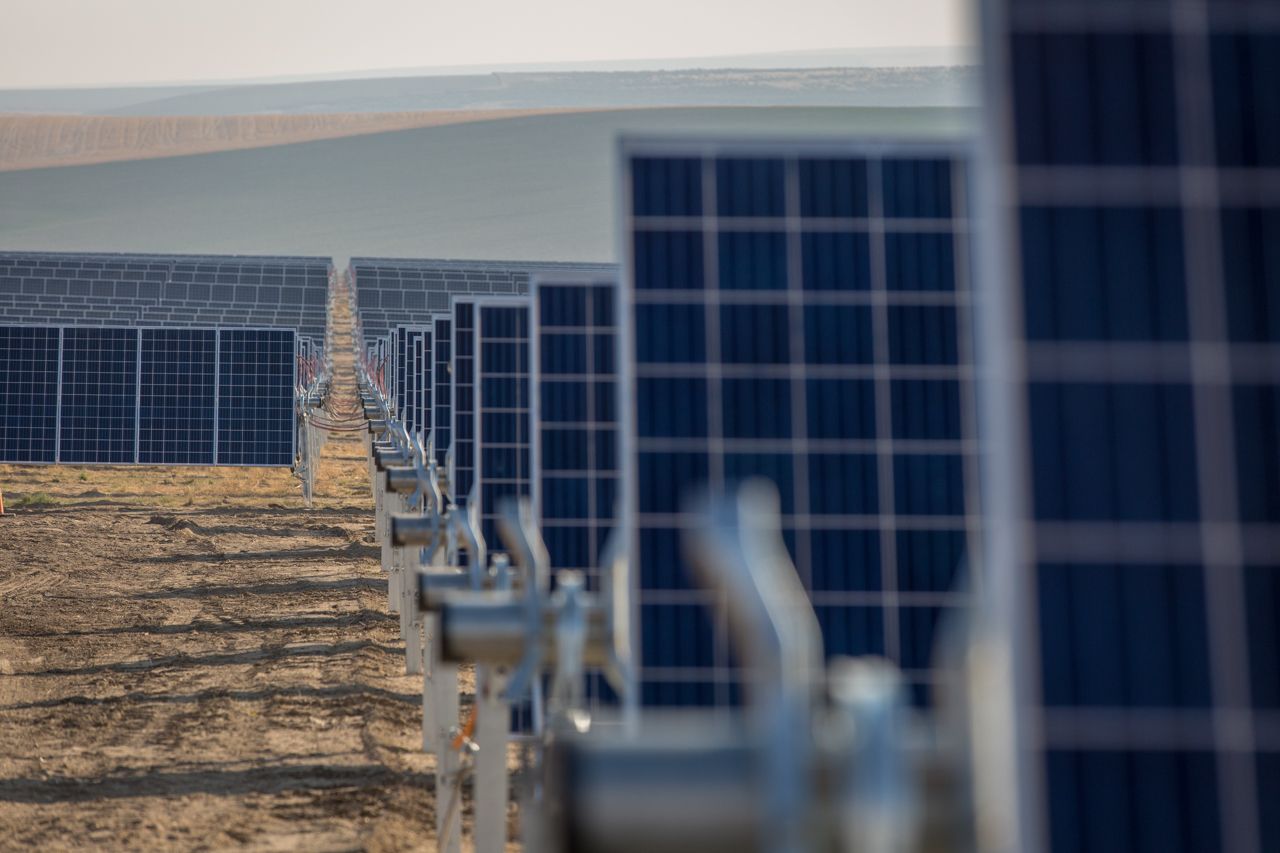
The cost of generating power from utility-scale solar continues to decline and maintain competitiveness with the marginal cost existing fossil fuel-powered plants, driven largely by continued technology improvements.
That’s according to new analyses from Lazard, which reveals that efficiency improvements and reductions in the pricing of system components have led to dramatic levelised cost of energy (LCOE) declines for both utility-scale solar and wind.
Unlock unlimited access for 12 whole months of distinctive global analysis
Photovoltaics International is now included.
- Regular insight and analysis of the industry’s biggest developments
- In-depth interviews with the industry’s leading figures
- Unlimited digital access to the PV Tech Power journal catalogue
- Unlimited digital access to the Photovoltaics International journal catalogue
- Access to more than 1,000 technical papers
- Discounts on Solar Media’s portfolio of events, in-person and virtual
Figures from the financial advisory firm show the LCOE of unsubsidised solar PV fell from US$323-394 in 2009 to US$31-42 in 2020.
In the past year, the cost of generation from utility-scale solar fell 9%. However, the rate of decline has diminished as the technology continues to mature.
According to Lazard, when US government subsidies are included, the cost of utility-scale solar is now competitive with the marginal cost of coal, nuclear and combined cycle gas generation. With subsidies, the average LCOE is US$31/MWh for utility-scale solar, while the average marginal cost is US$41/MWh for coal, US$29/MWh for nuclear and US$28/MWh for combined-cycle gas generation.
This year's analysis builds on last year's LCOE update by Lazard, which found that utility-scale solar was catching up with existing fossil fuel generation.
The report says a key factor regarding the continued cost decline of renewables is the ability of technological development and industry scale to lower operating expenses and capital costs.
“As the costs of utility-scale wind and solar continue to decline and compete with the marginal cost of conventional energy generation, the focus remains on tackling the challenge of intermittency,” said George Bilicic, vice chairman and global head of Lazard’s Power, Energy & Infrastructure Group.
‘Sustained cost declines’ for storage
In its levelised cost of storage (LCOS) analysis, Lazard shows that storage costs have decreased across most use cases and technologies, particularly for shorter-duration applications.
PV-plus-storage projects are said to be increasingly price-competitive as utilities look for ways to supplement retiring conventional generation resources while avoiding investments in new peaking power plants. Lazard said that long-duration storage is also gaining traction as a commercially viable solution to challenges created by intermittent energy resources such as solar or wind.
The firm noted that “sustained cost declines” were observed in its LCOS for lithium-ion technologies (on both a $/MWh and $/kW-year basis). The reductions were more pronounced for storage modules than for balance of system components or ongoing operations and maintenance expenses.
While last year’s figure for LCOS for front-of-meter standalone wholesale storage was US$165-325/MWh, that has dropped to US$132-250/MWh in 2020. Meanwhile, solar-plus-storage wholesale went from US$102-139/MWh to US$81-140/MWh.
Lazard says the economic proposition of behind-the-meter projects in the commercial and industrial (C&I) sector “remains challenged without subsidies”. The consultancy added that the value proposition for C&I BTM storage appears to be shifting in some cases towards power reliability and resilience applications, with time-of-use arbitrage as a secondary benefit.

